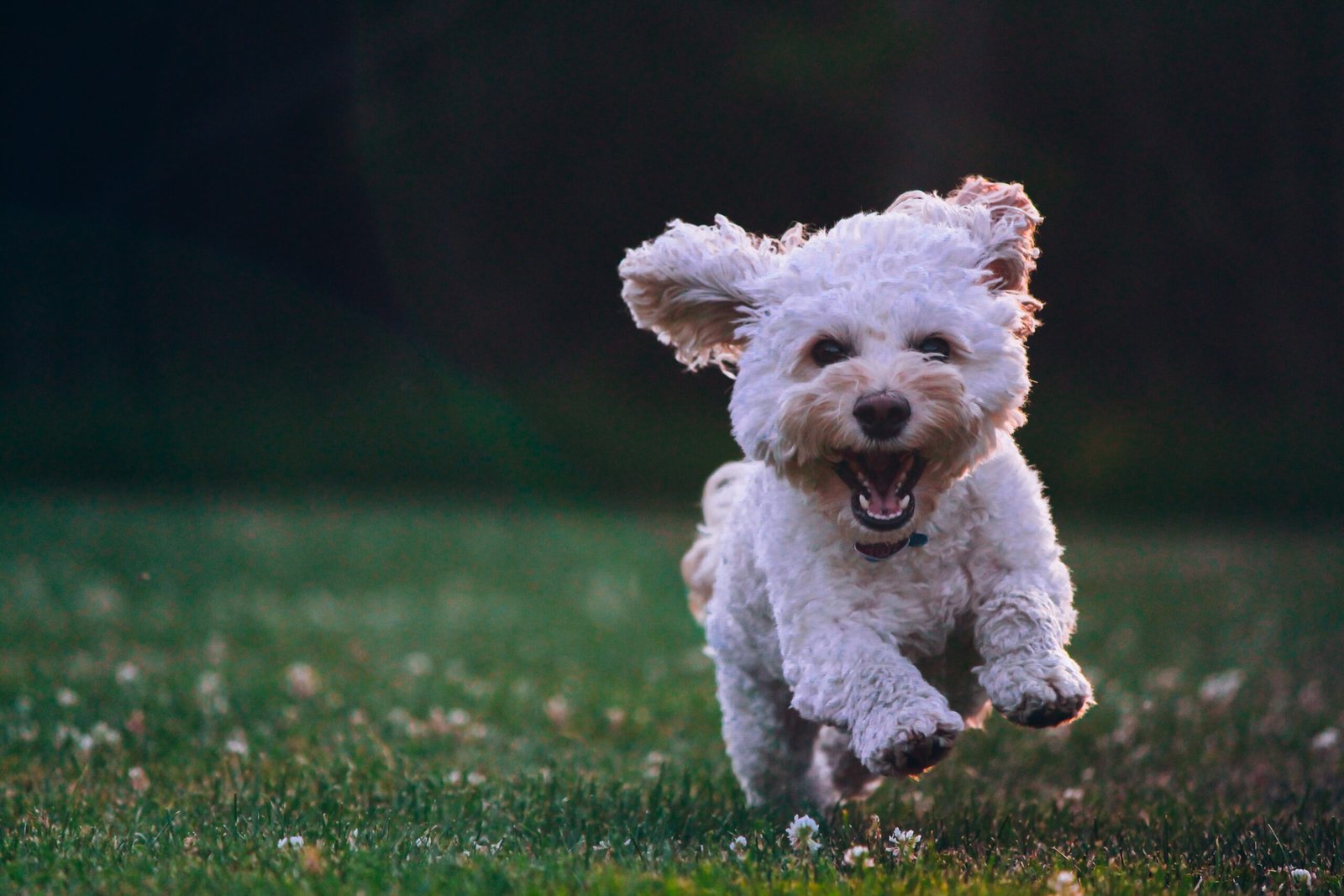The Ultimate Guide to Dog Agility Training Courses: Unlock Your Pet’s Full Potential
Are you looking to take your dog’s training to the next level? Dog agility training courses provide the perfect opportunity to challenge your furry friend both mentally and physically. In this comprehensive guide, we’ll explore the latest trends in dog agility training and equip you with the knowledge and resources to help your pet reach new heights. So, grab a leash and let’s get started!
Why Dog Agility Training?
Before we dive into the specifics of dog agility training courses, let’s take a moment to understand why this activity has become increasingly popular among dog owners.
First and foremost, dog agility training is a fantastic way to bond with your pet. Through positive reinforcement and teamwork, you’ll create a deeper connection and trust with your furry companion. Additionally, agility training provides mental stimulation and helps to channel your dog’s energy in a productive manner, reducing the likelihood of destructive behaviors.
Furthermore, participating in agility training courses improves your dog’s overall fitness and health. The various obstacles and exercises involved help to build strength, endurance, and coordination. It’s a win-win situation for both you and your pet!
The Latest Trends in Dog Agility Training
As with any field, dog agility training is constantly evolving. Here are some of the latest trends that are shaping the world of dog agility:
- Online Agility Training: With the rise of technology, online agility training courses have gained popularity. These programs offer convenience and flexibility, allowing you to train your dog from the comfort of your own home.
- Canine Fitness: In recent years, there has been an increased focus on canine fitness in the world of agility training. Fitness programs tailored specifically for dogs help improve their strength, balance, and overall performance on the agility course.
- Natural Obstacles: Many agility enthusiasts are now incorporating natural obstacles into their training courses. This trend emphasizes the importance of adapting to different terrains and environments, making the training experience more practical and applicable in real-life scenarios.
- Positive Reinforcement: Gone are the days of harsh training methods. Positive reinforcement techniques, such as clicker training and reward-based systems, have gained traction in the agility training community. These methods promote a more enjoyable and effective training experience for both dogs and their owners.
- Competition and Titles: Dog agility competitions have become increasingly popular, with various organizations offering titles and awards for top-performing dogs. This trend has spurred a competitive spirit among agility enthusiasts, driving them to continuously improve their training techniques and push their dogs to new heights.
FAQs: Your Burning Questions Answered
1. What breeds are best suited for agility training?
While any breed can participate in agility training, certain breeds, such as Border Collies, Australian Shepherds, and Shetland Sheepdogs, are known for excelling in this activity due to their high energy levels and intelligence.
2. At what age can I start agility training with my dog?
It’s best to wait until your dog is at least one year old before starting agility training. This allows their bones and joints to fully develop, reducing the risk of injury.
3. Do I need any special equipment for agility training?
Yes, agility training requires specific equipment, such as jumps, tunnels, weave poles, and contact obstacles. These can be easily purchased online or at pet supply stores.
4. How long does it take to train a dog for agility?
The training duration varies depending on factors such as your dog’s age, breed, and previous training experience. On average, it can take several months to a year of consistent training to prepare a dog for agility competitions.
5. Can older dogs participate in agility training?
Yes, older dogs can participate in agility training. However, it’s important to tailor the exercises and intensity to their individual needs and physical capabilities.
6. Are there any health risks associated with agility training?
Agility training, when done correctly and with proper warm-up and cool-down routines, is generally safe for dogs. However, it’s important to consult with your veterinarian to ensure your dog is physically fit for this activity.
7. Is agility training suitable for all dog temperaments?
Agility training can benefit dogs with a variety of temperaments. However, dogs that are highly reactive or aggressive may require additional behavior modification training before participating in agility courses.
8. Can I build my own agility course at home?
Yes, you can create a basic agility course in your backyard using DIY obstacles or commercially available equipment. However, for more advanced training, it’s recommended to join a professional agility training facility.
9. Where can I find reputable dog agility training courses?
You can find reputable agility training courses through local dog training clubs, online directories, or by seeking recommendations from fellow dog owners.
10. What are some tips for successful agility training?
– Start with basic obedience training to establish a strong foundation
– Keep training sessions short and fun to maintain your dog’s interest
– Use high-value treats and rewards to motivate your dog
– Gradually increase the difficulty level of the obstacles
– Always end each training session on a positive note
Conclusion: Unleash Your Dog’s Potential
Dog agility training courses offer a myriad of benefits for both you and your furry friend. From improved fitness and mental stimulation to a stronger bond and a sense of accomplishment, the rewards are endless. By staying up-to-date with the latest trends and incorporating effective training techniques, you can unlock your dog’s full potential and embark on an exciting journey together. So, what are you waiting for? Get out there and start agility training with your beloved canine companion today!
Call to Action: Share Your Agility Training Journey
We hope this guide has inspired you to explore the world of dog agility training. Share your experiences, tips, and success stories with us and other dog owners on social media. Together, let’s create a community of agility enthusiasts and support one another on this thrilling adventure!









